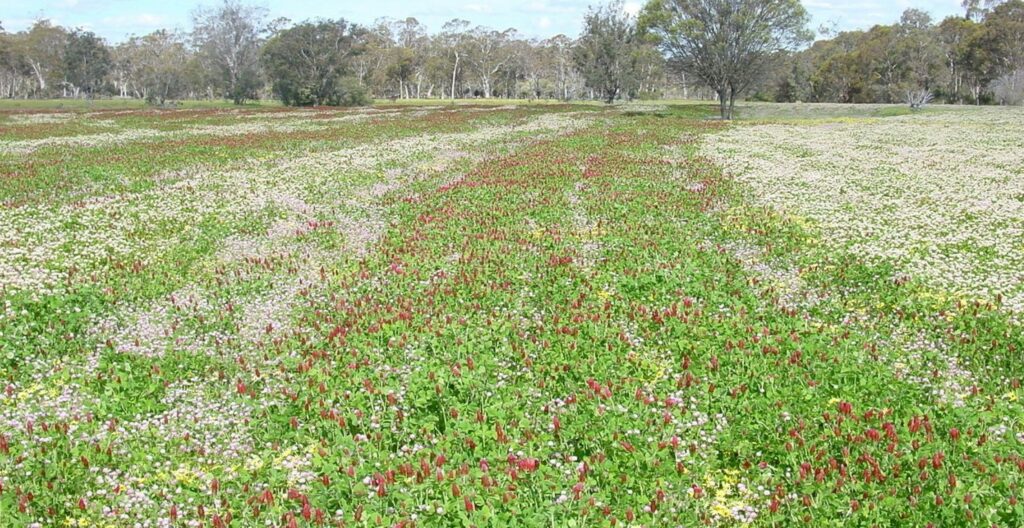Project report
This review covers a comprehensive overview of the phytoconstituents and bioactivities reported to date for clover honeys produced from various Trifolium spp. against the backdrop of a more general discussion of the chemistry and bioactivity of these important agricultural species. While research into the phytochemical composition of various honeys and their associated bioactivities is growing, this review demonstrates that the literature to date has seen only a limited number of studies on clover honeys. Surprisingly, there appear to be no comparative data on the concentration of flavonoids in general or isoflavonoids specifically in different clover honeys, although the latter have been identified as a main group of bioactive compounds in red clover plants. Based on the findings of this review, the presence of phytoestrogenic isoflavonoids (e.g., formononetin, biochanin A, genistein, daidzein, glycitein) in clover plants and, by extension, in clover honeys should be further investigated, specifically of clover species outside the three popular perennial clovers (red, white and alsike clovers) to exploit new opportunities of potential benefit to both the pharmaceutical and apiculture industries.
Additional information
None
